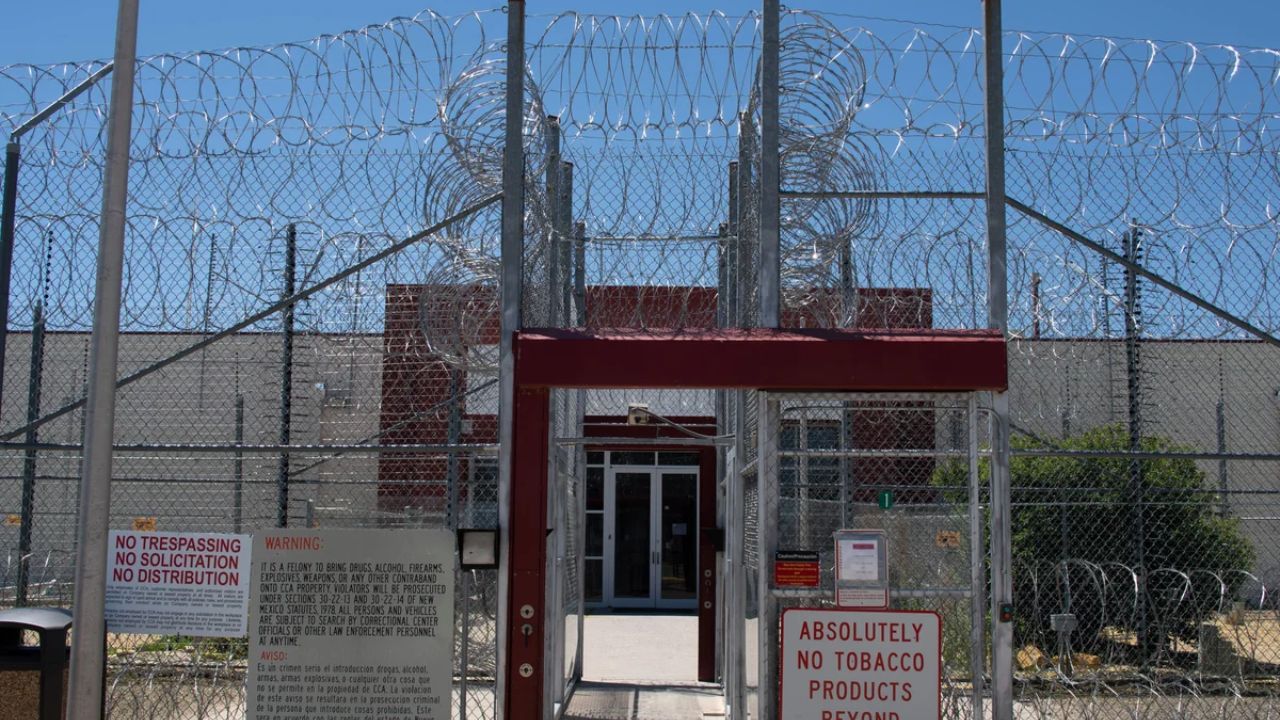Big changes to the U.S. student loan system are one step closer to becoming law. A key Senate committee has approved a new plan that could make college more affordable and fair for many students.
The proposal is part of a broader education bill that aims to update how the federal government handles student loans.
The Senate Health, Education, Labor, and Pensions (HELP) Committee recently passed this proposal with support from both Democratic and Republican members. If passed by the full Senate and House of Representatives, it could lead to major updates in how student loans are given, repaid, and managed.
One of the most important parts of the proposal is a change to how student loan interest is calculated. Right now, interest builds up while a student is still in school, making loans grow even before graduation.
Under the new proposal, that could stop. Instead, interest would only start after a person leaves school and starts earning a steady income.
The plan also includes a way to stop loan payments for borrowers who earn below a certain income level. This means that people who are struggling financially may not have to pay anything until they are earning enough to afford it. The goal is to make the system more income-based and less stressful for young professionals just starting their careers.
Another major part of the proposal focuses on student loan servicers – the companies that manage and collect payments. The bill would increase oversight and create clearer rules so that borrowers are treated more fairly and don’t get stuck in confusing or unfair systems.
The proposal also puts a spotlight on universities. Schools would be held more responsible for the student loan outcomes of their students.
If a college has many students who struggle to repay loans, it could lose access to federal loan programs. Lawmakers hope this will encourage colleges to offer better support, job placements, and educational value.
While these changes are not yet law, the progress in the Senate committee is a big step forward. Many lawmakers say the student loan system is outdated and needs to be reworked to better match today’s job market and education costs.
Student loan debt in the U.S. has reached over $1.7 trillion, affecting more than 40 million borrowers. This proposal is part of a growing effort to ease that burden and give students a fair chance to succeed after college without being crushed by debt.
The next step is for the full Senate to vote on the plan. If it passes there, it will then move to the House of Representatives. If both chambers agree, the changes could become law and begin helping students across the country shortly.
Lawmakers from both parties agree that something needs to be done, but the final version of the bill could still change as it moves forward.
For now, the focus is on creating a more balanced, income-sensitive, and transparent student loan system that helps people achieve their education and career goals without lifelong debt.






